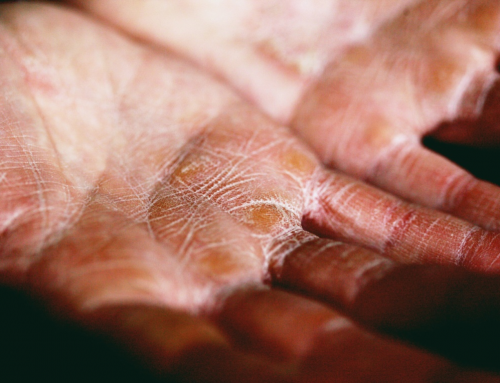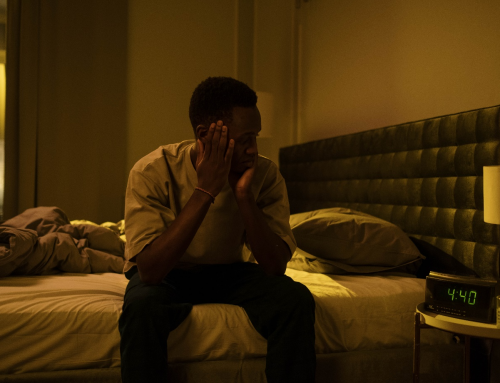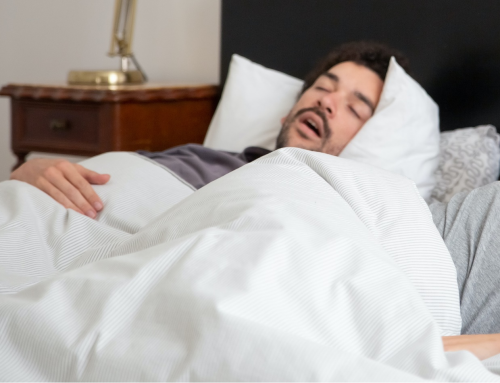Breathing problems in children indicate that they’re either struggling to breathe or they aren’t getting enough oxygen. Respiratory distress in children is a cause of concern; the lack of oxygen in the body can have long-term consequences.
Early signs of respiratory distress include:
More Breaths Per Minute

If your child is taking more breaths per minute, then it’s probably because they’re struggling to get oxygen. Low oxygen levels in the blood can lead to headaches, dizziness, and fatigue. It also causes their heart rate to increase. All of these signs make it difficult for your child to stay alert and concentrate on tasks.
Skin Discoloration
Notice a bluish color around your child’s mouth or on the inside of their lips? A bluish or gray tinge around your kid’s mouth, lips or on their fingernails indicates that they are low on oxygen.
Grunting
When a person grunts each time they breathe out, it’s because the bodies is attempting to keep air in their lungs so they remain open.
Flaring of the Nose
Kids flare their noses when they’re having trouble breathing; spreading the nose open makes it easier to take in air.
Retractions
When the chest looks like it’s sinking below the neck or the breastbone, it’s trying to take in more air.
Sweating
When our breathing rate increases, we produce sweat on our forehead; this isn’t warm sweat, it’s cool and clammy.
Wheezing
Wheezing indicates that the air passage is too small and is causing breathing difficulty.
Accessory Muscle Use
The muscles in our necks aren’t supposed to move when we inhale. When you can see your child’s neck muscles move when they breathe, it’s because they are short on air.
Body positions
Low levels of oxygen can cause children to alter the positions of their body in an attempt to breathe in more air. Children with breathing difficulties tend to thrust their heads backward and stick their noses in the air; this is most common when they’re lying down.
All the above signs indicate respiratory issues that require medical attention.
If you’re living in West Texas or New Mexico, visit John D. Bray, MD. He is a reputable pulmonologist who works in areas of Texas including Odessa and Big Spring. He specializes in treating allergies, asthma, pulmonary conditions and sleep disorders. He can be reached at the Sleep Center of the Southwest and Allergy Alliance, an all in one location.
Call us today at 432-561-8183 to book an appointment.









Leave A Comment